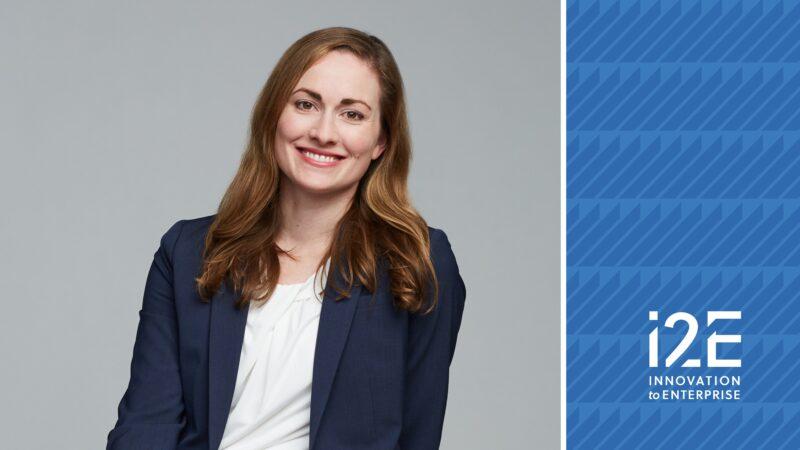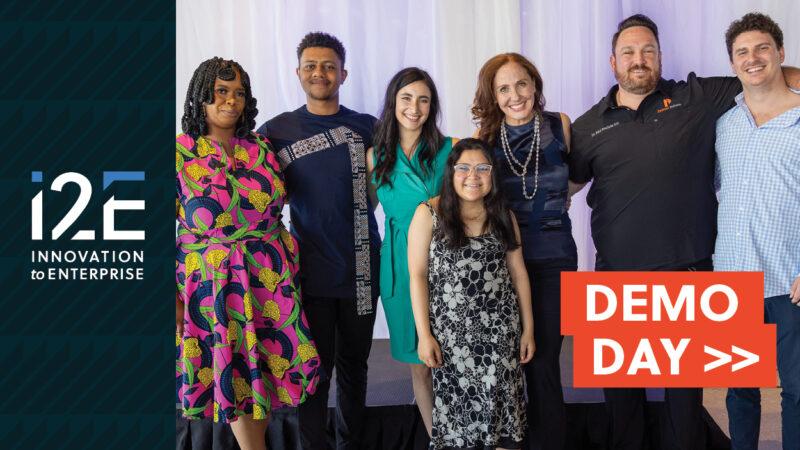Over the past decade, one of the most intriguing people I met while pursuing biosciences stories both as a newspaper reporter and writer for i2E has been Dr. Paul DeAngelis.
When biosciences popped up on my radar as a technology beat reporter back in 2003, Dr. DeAngelis was one of the first scientists/entrepreneurs that I interviewed. A Presidential Professor of Biochemistry & Molecular Biology at the University of Oklahoma Health Sciences Center, his research into “sugar science” is the basis for four Oklahoma companies.
I wrote about Dr. DeAngelis in the most recent Bio Matters column for The Oklahoman, which you can read by clicking here.
What intrigued me the most about Dr. DeAngelis was how hard he and the management team from his companies work at the annual Biotechnology Industry Organization conference to network with potential partners and investors.
DeAngelis and his Emergent Technologies business partners fill their time at the show with back-to-back-to-back “speed dating” partnering sessions that last 20 minutes each.
It’s a non-stop whirlwind of “get-to-know-you” meetings over a three-day period.
In an interview for the Bio Matters column, Dr. DeAngelis talked about the BIO show experience and other topics, but much of it didn’t make the newspaper because of space limitations. So, here is more of what he said.
On making connections at the BIO show: “The BIO meeting is a super networking place. You can imagine having tens of thousands of people there, how many more connections you can make.”
On the benefits the BIO show brings his companies:“We take it as an opportunity to save on travel and get a condensed version of what the market wants, what kind of partners we can get and also what other technologies and ideas are out there. We use it as a big learning experience as well as a partnering experience.”
On how he advises Ph.D. students who are being educated in his OU laboratory: “A lot of professors say ‘you work in the lab (after graduation),’ but I say ‘do what you want.’ There are a lot of scientists who have a great experience as a second career. They can go back in and do work mixing science and law, science and business, science and regulations. They are all really good jobs. You don’t need to be in the lab to do those.”








